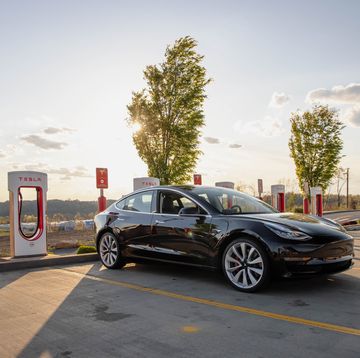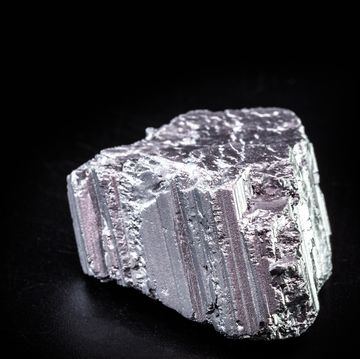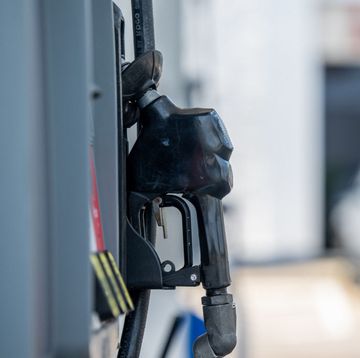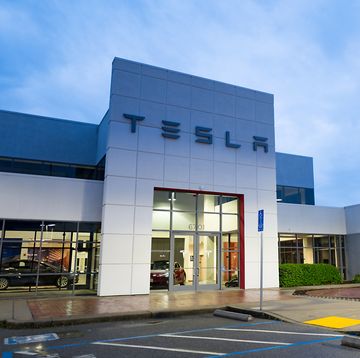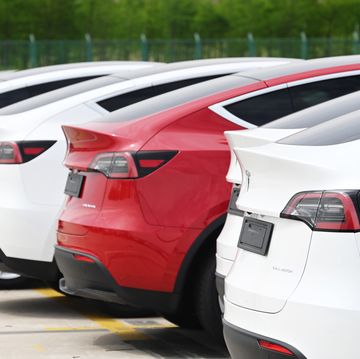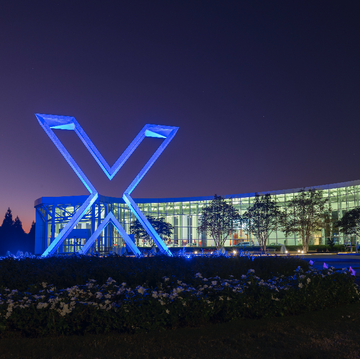Most people realize that all of us burn gasohol—a mixture of gasoline and alcohol—in our cars. Just about every gallon of gas pumped today contains as much as 10 percent domestically produced ethanol. Gummed-up fuel systems, damaged tanks and phase separation caused by stray moisture infiltrating fuel systems have plagued many consumers since this mixture debuted, and the problems will only get worse if government policy to increase the proportion of ethanol to gasoline is implemented. Don't get me wrong: Gasoline diluted with ethanol is a perfectly acceptable motor fuel when it's stored properly, dispensed promptly and burned in vehicles and power equipment designed to handle it. Which, unfortunately, is not always the case.
Moonshine It's Not
That 90:10 mixture of gasoline and alcohol is referred to as E10, while a different blend of 15 percent gas and 85 percent alcohol is sold regionally as E85. On this scale, straight petroleum-based gasoline is referred to as E0. Most gasoline dispensed from pumps in this country is as much as 10 percent ethanol, distilled from corn grown in the Midwest. This alcoholic cocktail was originally mandated by the EPA as a replacement for MTBE (methyl tertiary butyl ether), an oxygen-bearing petroleum-sourced chemical that was added to pump gasoline starting in 1979 to reduce carbon monoxide emissions in some regions that had problems meeting government air-quality standards. The oxygen in the MTBE (and ethanol) molecules can substantially reduce CO emissions in vehicles without modern closed-loop fuel-injection systems, which were introduced starting in the '80s.
Soon after, MTBE started turning up in groundwater, affecting the taste and smell of drinking water, so ethanol was substituted. (Shockingly, MTBE isn't considered toxic or even carcinogenic in the concentrations found in groundwater, but still.)
However: If the beneficial effects of oxygenated fuel have largely been bypassed by modern feedback-loop injection systems, which control the air-to-fuel ratio much more closely, why is ethanol still in your fuel? Because the second President Bush made a decision to offset some of our dependence on foreign oil with domestically produced alcohol, and the Corn Belt senators agreed. Ethanol plants have mushroomed, ramping up U.S. production from 1.77 billion gallons in 2001 to 10.75 billion gallons in 2009. Politics aside, odds are near 100 percent that there's as much as 10 percent alcohol in the gasoline you're pumping into your car and that 5-gallon can you use to fuel all your other gas engines.
Keeping Water Where It Belongs
The ethanol in your gas tank is uniformly dissolved in the gasoline. Alcohol tends to absorb and hold water, and in concentrations in the tank up to about 0.6 percent, any water remains in solution, presenting no problems. (Yes, there are other problems with alcohol in the fuel system, but we'll get to them later.) How does water get into the fuel tank? It's possible that water dripped into the tank at the gas station or refueling depot, or a stray raindrop or snowflake made its way into your tank or jerrycan, but most water infiltration is from condensation. As the temperature in a tank changes, air has to be vented in and out or the tank will bulge or split. Incoming air carries moisture. When the H2O in the gas gets above a critical percentage—its saturation point—all of the water and alcohol drops out and settles into the bottom of the tank. This is what chemists call phase separation; the various components of the fuel are no longer a homogeneous mixture.
But phase separation does not occur only from increased water concentration, which is actually unlikely in a modern, emissions-sealed automotive fuel system. The temperature of the fuel is a factor as well. Here's the scenario: You fill up the car or gas can with fuel that, for a variety of reasons, is near its water-saturation point and at 60 degrees. Overnight, the temperature drops 20 degrees, and all the water and alcohol settle out even though no extra water has crept in. Guess what? The engine won't run when the fuel pickup is sucking up the alcohol–water mix.
Worse yet, the gasoline remaining above the water has probably lost three octane points, because today's gasoline relies heavily on the high-octane equivalence (130) of alcohol to achieve its octane rating. It's also missing a bunch of additives that stayed in the alcohol—so the entire tankful should be drained and disposed of as hazardous waste.
And no, adding more alcohol, in the form of fuel-line de-icer, lacquer thinner or cheap vodka will never restore that gasoline to usefulness. You don't want to add yet more alcohol, lest the increased concentration turns your carburetor float to Jell-O. The only acceptable way to attempt to save the gas in the tank is to add a large amount of gasoline that's got a very low moisture content. Problem is, there's no good way to tell if pump gas has a little or a lot of water on board. You stand the chance of having twice as much phase-separated, unusable gasoline as before. Better to dispose of the whole tankful.



